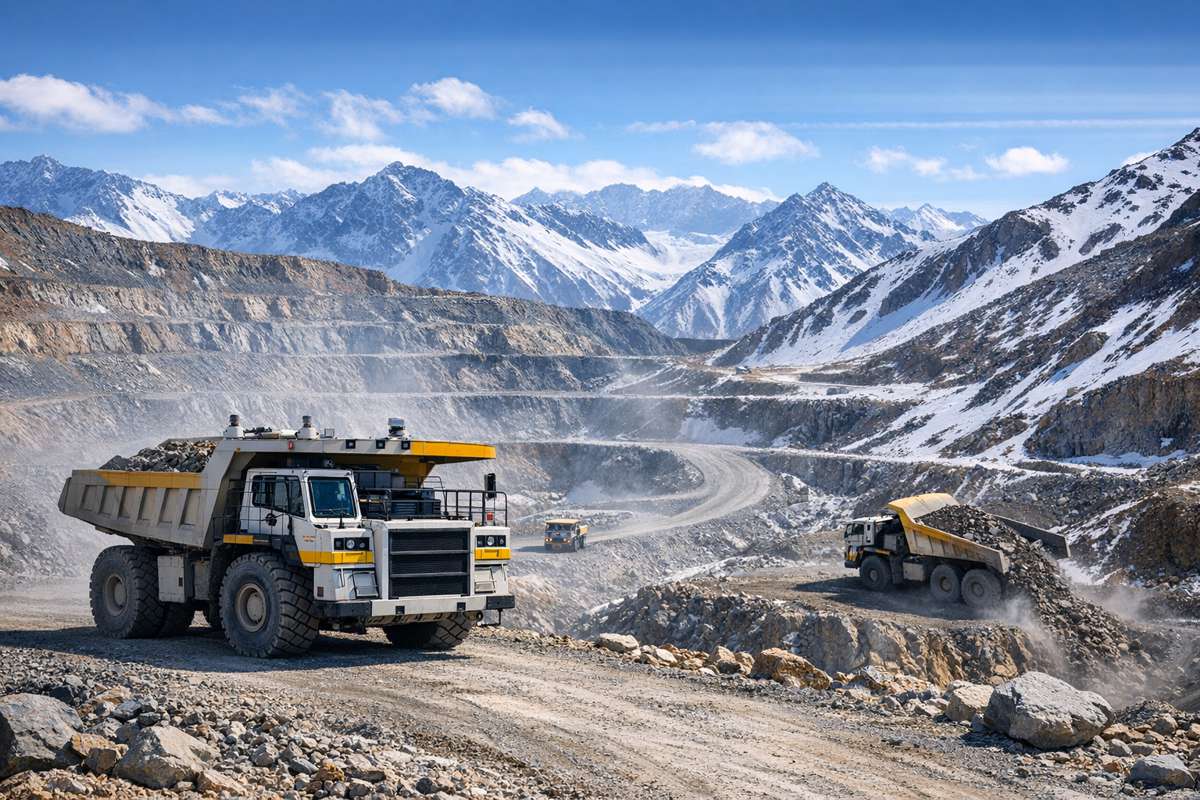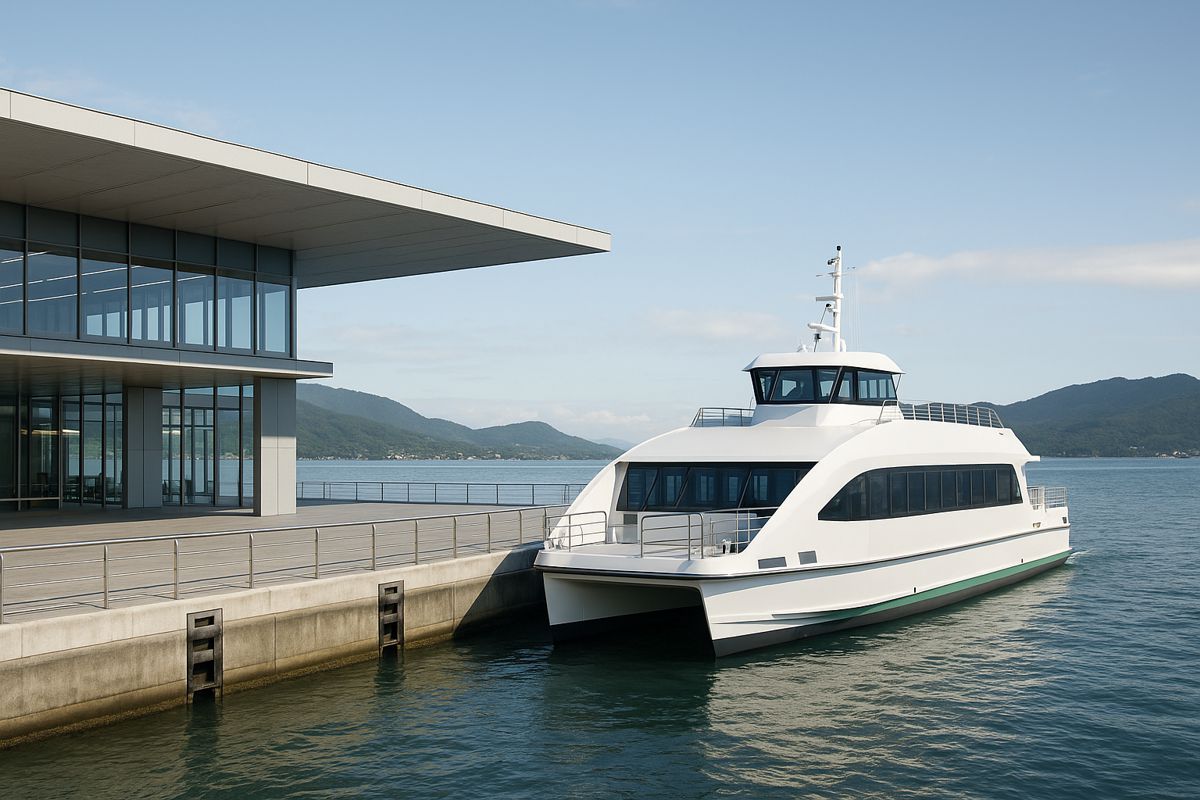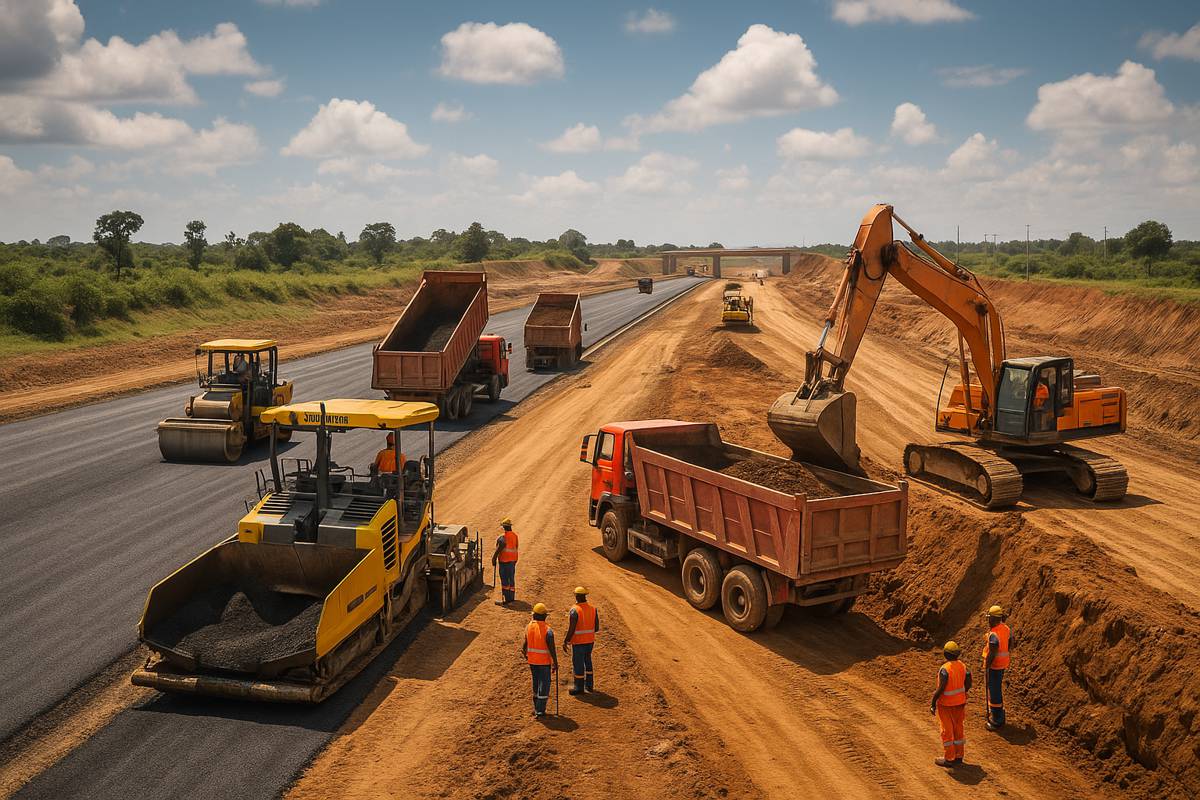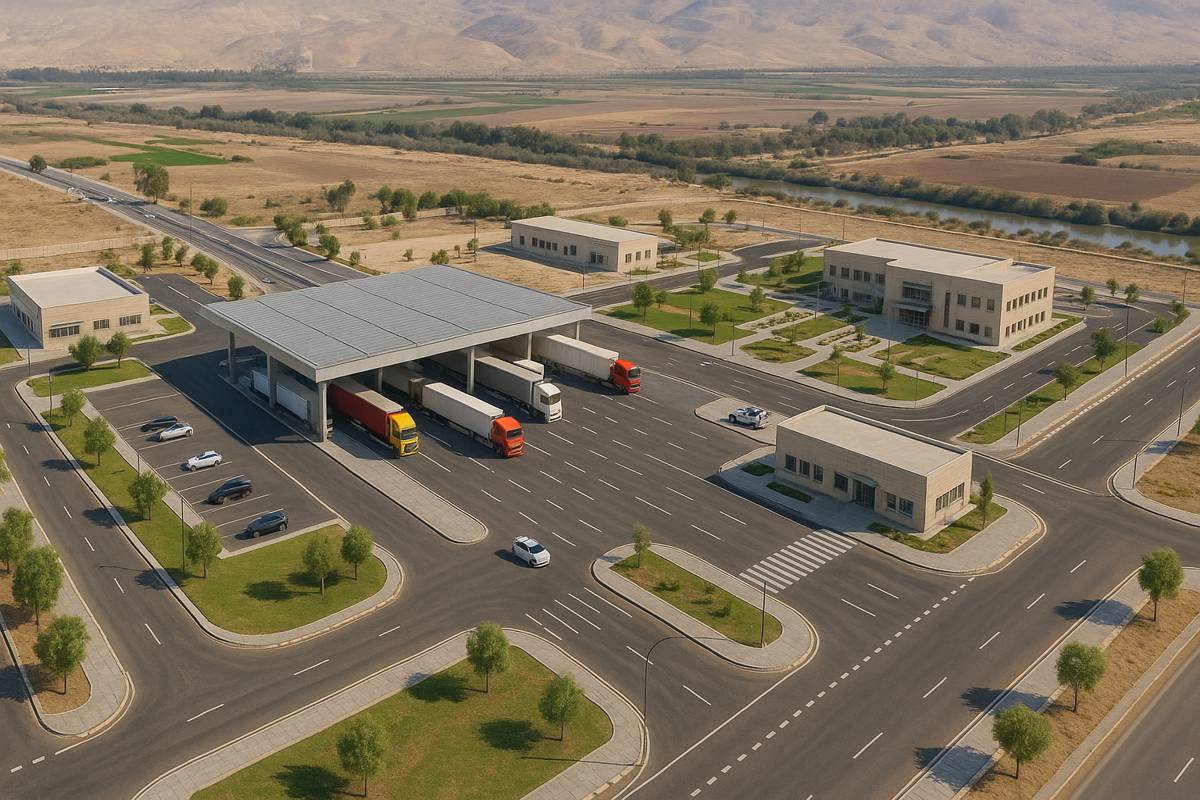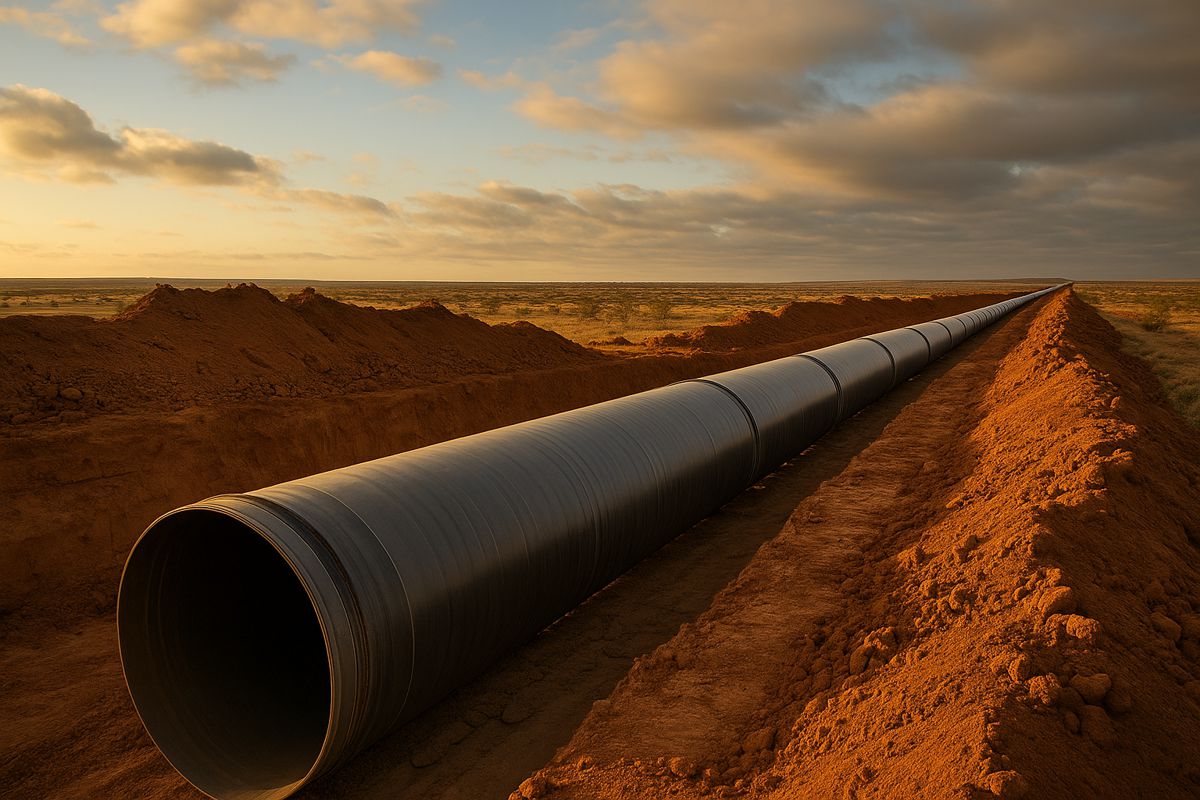Liebherr and STRABAG redefining the Wheel Loader with Hydrogen Pilot
In a bid to redefine the construction industry’s environmental impact, two European giants, Liebherr and STRABAG, are pioneering an extraordinary hydrogen-powered pilot project.
The collaboration, taking place at the Kanzelstein quarry in Gratkorn, Austria, is poised to reduce emissions while showcasing alternative drive technologies that could change the face of heavy machinery.
Pushing the Boundaries of Construction Technology
Liebherr, one of the world’s foremost manufacturers of construction equipment, is breaking new ground by developing the L 566 H—an innovative hydrogen-powered wheel loader. STRABAG, a leader in construction technology, is the first to test this machine in real-world conditions, making the Kanzelstein quarry the backdrop for a two-year trial that’s destined to spark significant interest across the industry.
Incorporating hydrogen into construction machinery presents a formidable solution for sectors that have long grappled with decarbonisation challenges. With green hydrogen supplied by Energie Steiermark at a purpose-built station on-site, this venture is set to dramatically slash CO2 emissions and bring the industry closer to climate-neutral operations.
“The only way to achieve climate neutrality is by consistently and comprehensively saving CO2,” said STRABAG’s CEO, Klemens Haselsteiner, emphasising the long-term goals.
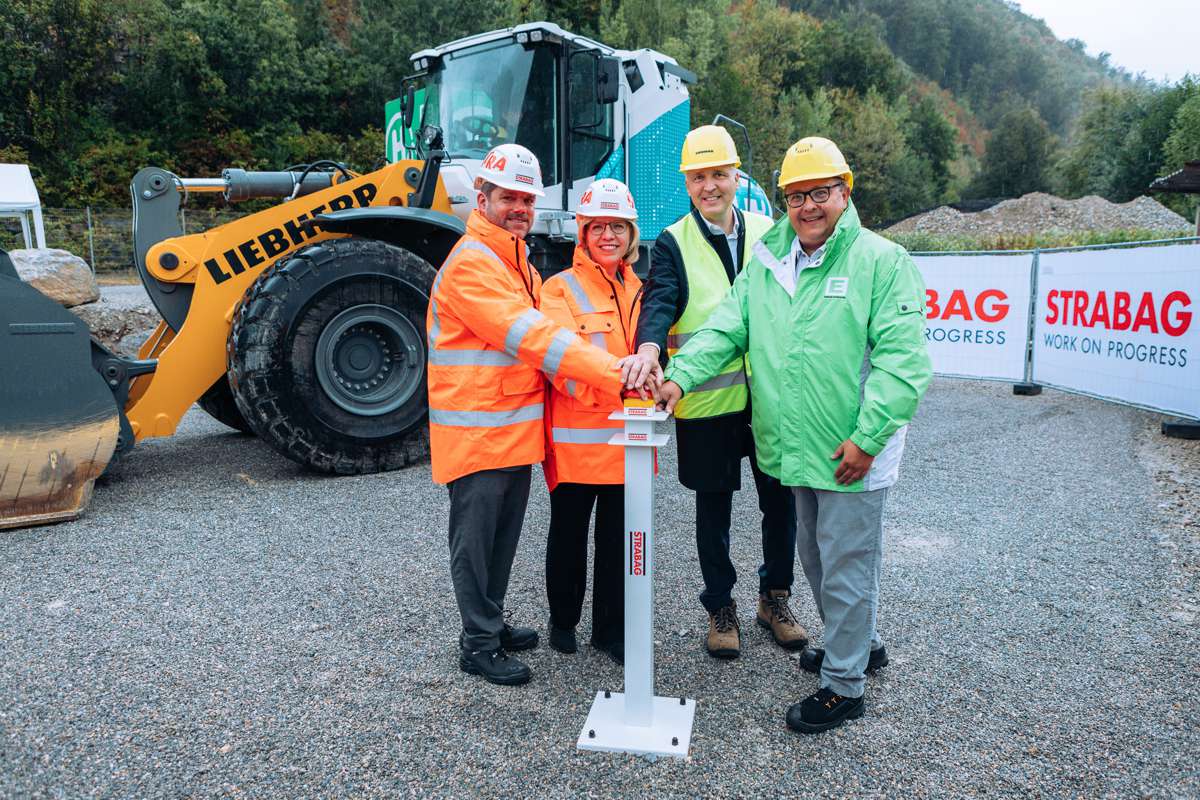
Exploring the Benefits of Hydrogen
Hydrogen has emerged as a game-changer in sectors where full electrification isn’t yet feasible. Liebherr’s L 566 H hydrogen wheel loader offers a glimpse into this alternative energy’s potential. Unlike traditional diesel-powered engines, hydrogen-fuelled machines emit zero CO2, a key contributor to climate change, and minimal nitrogen oxides. This cleaner operation is not just a regulatory box-tick but a leap forward in tackling an industry notorious for its environmental footprint.
Hydrogen-powered machinery also addresses another challenge: high energy demands in heavy-duty applications. With current battery technology falling short for large construction vehicles, hydrogen stands out as a viable substitute, ensuring robust performance without the emissions.
As Dr.-Ing. Herbert Pfab, Liebherr-Werk Bischofshofen GmbH’s Technical Director, noted, “Hydrogen technology enables large vehicles that are difficult to electrify to operate without CO2.”
A Pioneering First in the World of Wheel Loaders
The L 566 H is no ordinary wheel loader. In fact, it’s the world’s first large machine of its kind to be powered by hydrogen. This isn’t just a technical milestone; it represents a major shift in thinking about how construction can be both sustainable and efficient. It’s anticipated that the L 566 H will save up to 100 tonnes of CO2 annually—equivalent to about 37,500 litres of diesel.
Such savings align perfectly with STRABAG’s goal to become climate-neutral by 2040. With pressure mounting on industries to curb emissions, it’s projects like these that provide the blueprint for a greener future.
“We are proud to be pushing the envelope,” Haselsteiner added, stressing STRABAG’s commitment to staying ahead of the sustainability curve.
The Power of Collaboration
This trailblazing initiative didn’t happen in a vacuum. It’s the result of collaboration between key players in construction and energy. At the launch event, which was attended by top officials like Leonore Gewessler, Austria’s Minister for Climate Action, Environment, Energy, Mobility, Innovation, and Technology, the importance of partnerships in advancing decarbonisation was a major talking point.
Gewessler praised the innovative efforts of both companies, commenting: “I am pleased to see companies pushing ahead with pilot projects in forms of mobility that are difficult to electrify.”
These words ring especially true when considering that construction is one of the most challenging industries to decarbonise. Through joint efforts, companies like Liebherr and STRABAG are showing the way forward, tackling the toughest climate challenges with creativity and foresight.
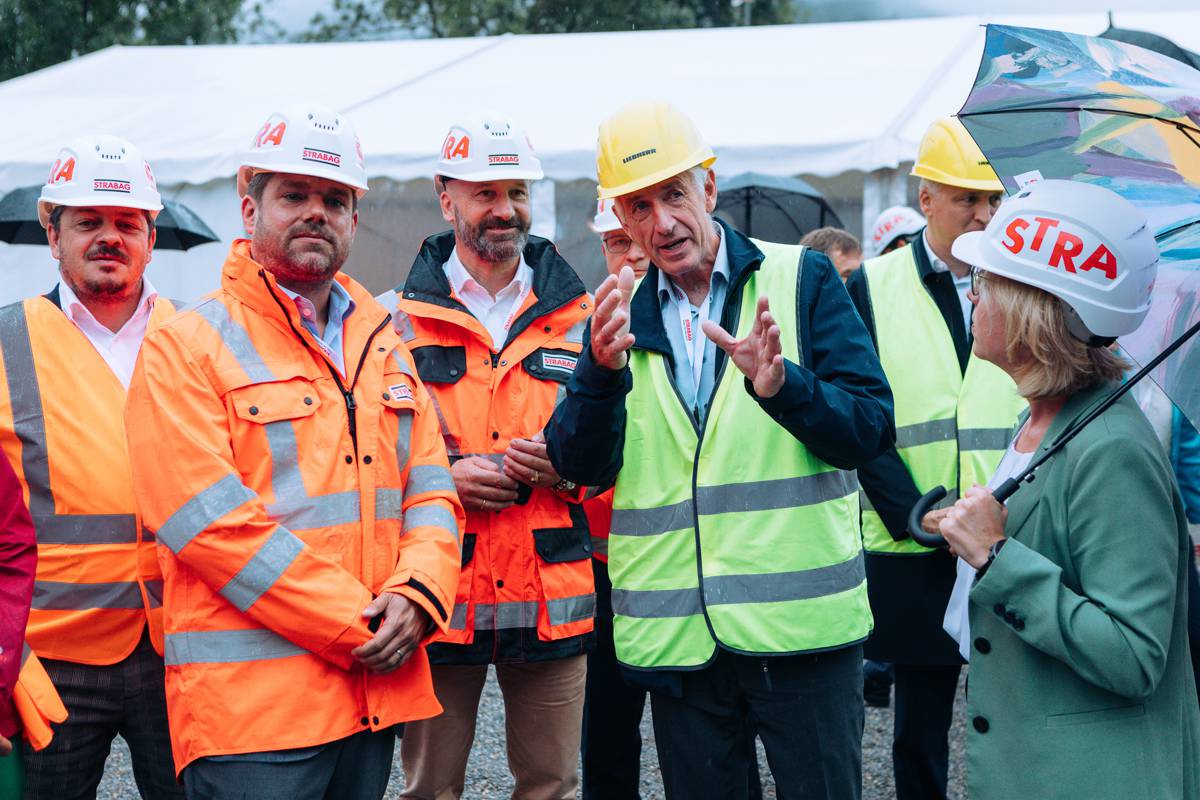
Leading by Example
As the first customer to test Liebherr’s hydrogen wheel loader, STRABAG is cementing its status as a leader in construction innovation. The company isn’t just dipping its toes into sustainability; it’s diving headfirst, supported by an annual turnover of around €19 billion and an expansive network of subsidiaries stretching across Europe and beyond.
STRABAG’s efforts aren’t just limited to green hydrogen. The company is also investing heavily in other forward-thinking projects. With over 250 innovation initiatives and more than 400 sustainability-focused endeavours in the works, STRABAG’s commitment to the future of construction is clear.
These projects span the entire construction lifecycle, ensuring that sustainability is baked into everything from planning and execution to operation and eventual decommissioning.
A Legacy of Innovation
Liebherr, a family-run company that’s been at the forefront of construction equipment manufacturing for 75 years, continues to innovate across multiple sectors. The firm’s wheel loader division has been particularly dynamic, constantly expanding its range to include compact, mid-sized, and large models—all designed with cutting-edge technologies.
The L 566 H hydrogen loader is a testament to Liebherr’s forward-thinking philosophy. By focusing on sustainability without sacrificing performance, the company is demonstrating that eco-friendly doesn’t mean compromising on power or reliability. This machine, developed at Liebherr’s engine plant in Bulle, Switzerland, represents a bold new direction for heavy machinery.
The Future Energy Landscape
It’s not just about reducing CO2; it’s about rethinking the role of energy in construction. Green hydrogen, produced through renewable sources like wind and solar power, is increasingly viewed as a cornerstone of future energy systems. As Minister Gewessler pointed out, hydrogen will play an essential role in transitioning away from fossil fuels. “Green hydrogen is an indispensable element of our future energy,” she said, highlighting its potential to replace natural gas in industries like construction.
For construction companies, this shift couldn’t come soon enough. With governments worldwide introducing stringent emission regulations, the race is on to find viable alternatives. Projects like the Kanzelstein quarry trial are demonstrating that hydrogen isn’t just a pipe dream; it’s a practical, scalable solution for industries that are hard to electrify.
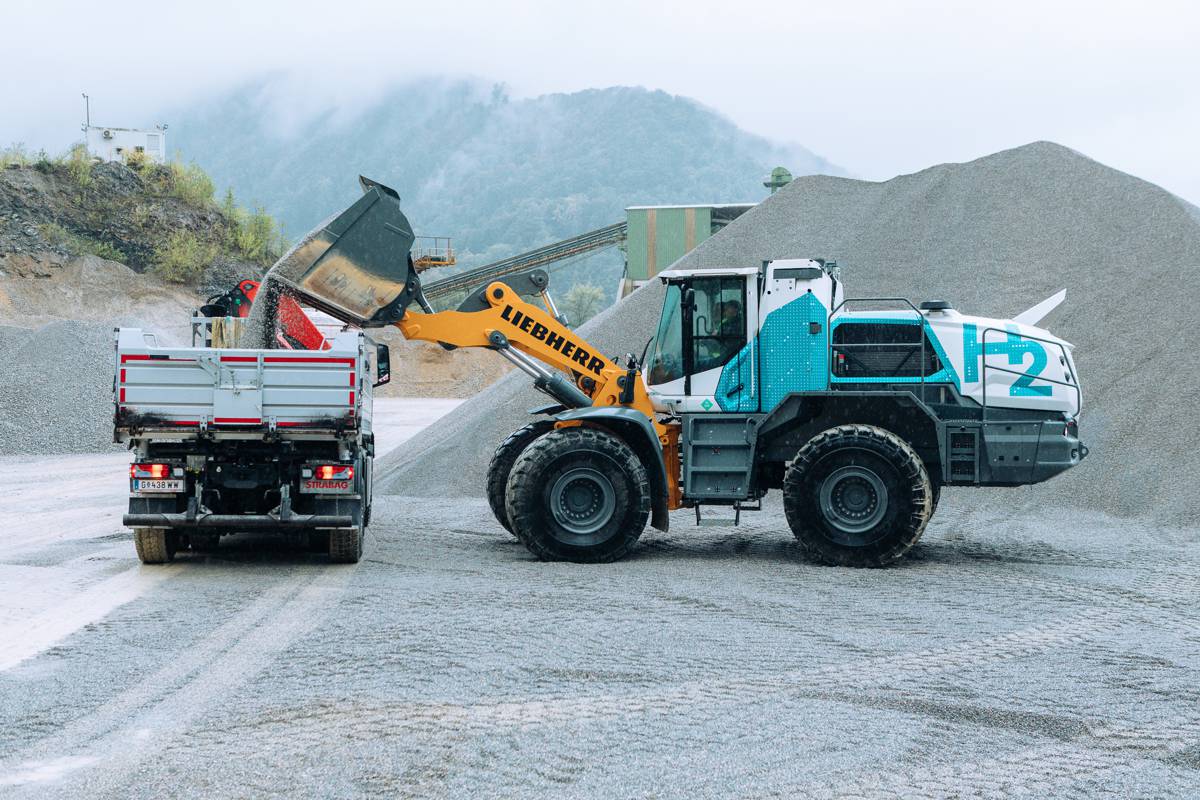
A Model for Sustainability
The collaboration between Liebherr and STRABAG is about more than just testing a new machine—it’s about setting a precedent. This project highlights the immense potential of hydrogen to transform heavy industry, offering an environmentally friendly alternative to fossil fuels.
It’s also a reminder that sustainability and innovation go hand in hand. When companies think outside the box, embrace partnerships, and invest in new technologies, the impossible suddenly seems possible.
As the world looks to transition to greener energy sources, initiatives like this will become the standard, not the exception. Liebherr and STRABAG have set the bar high, showing that the construction industry can play a pivotal role in building a sustainable future.









